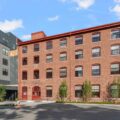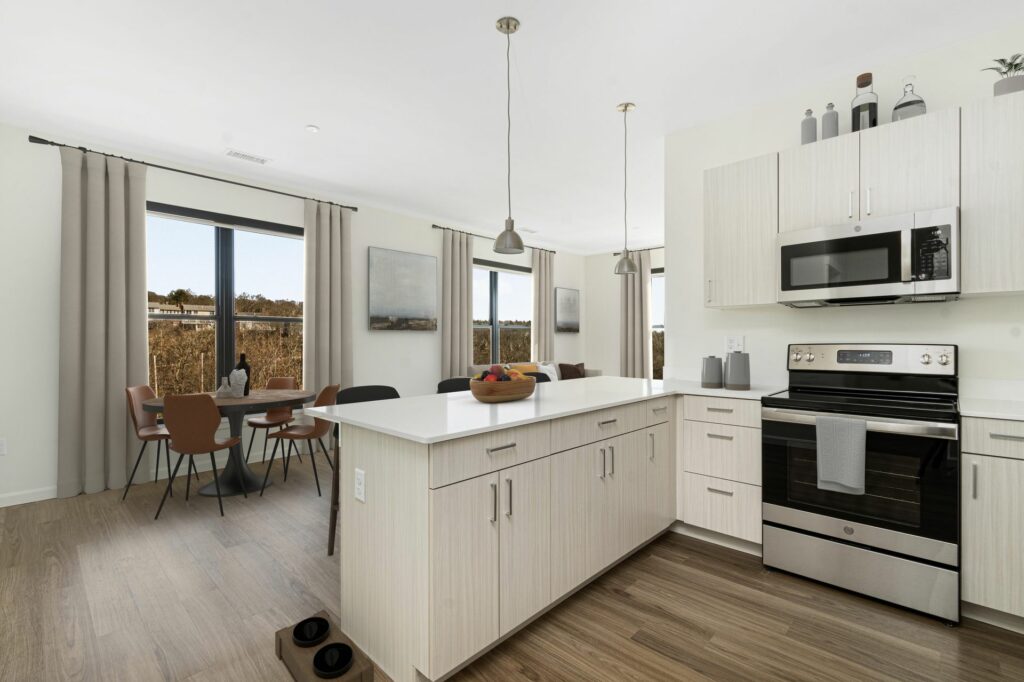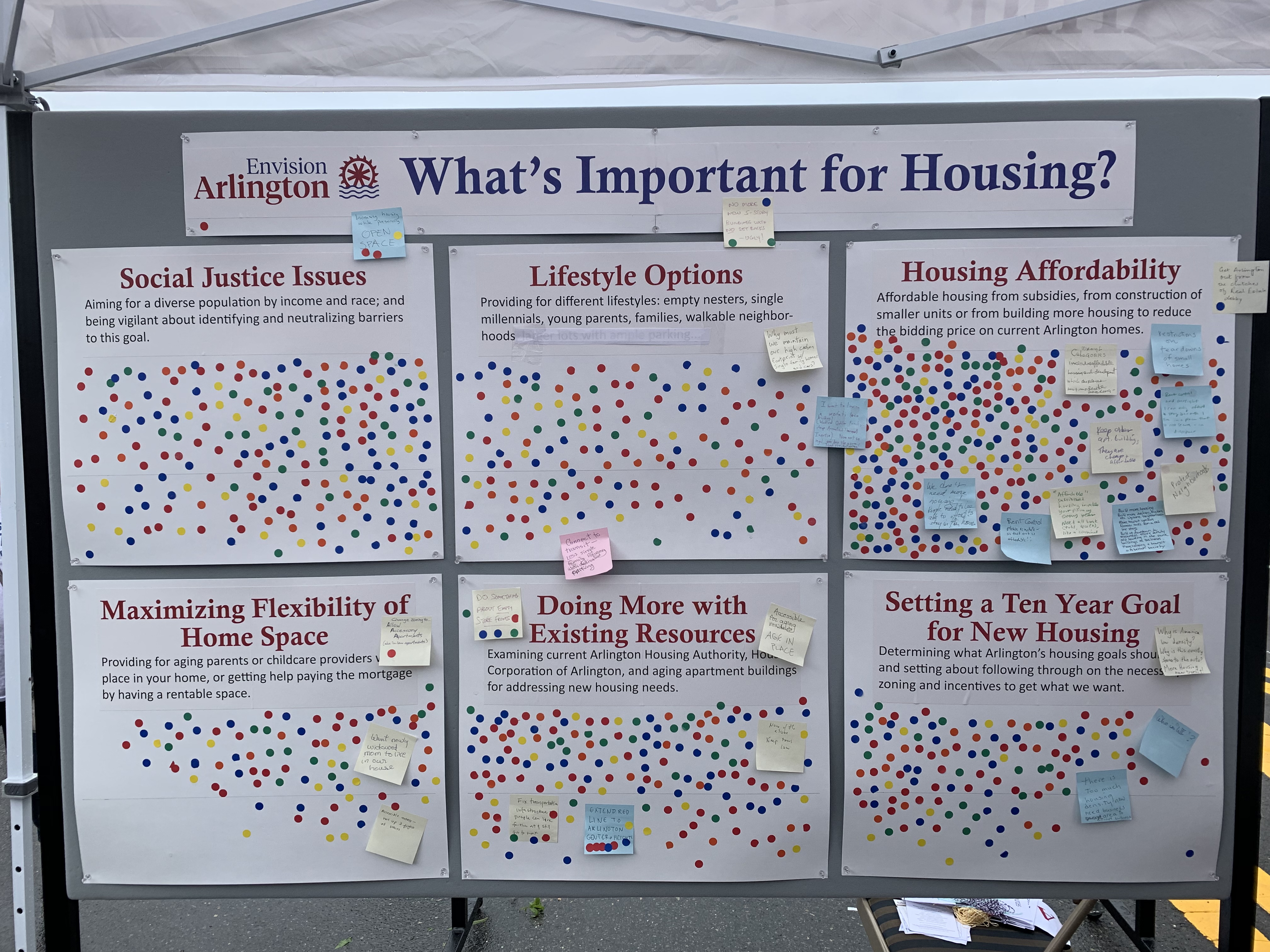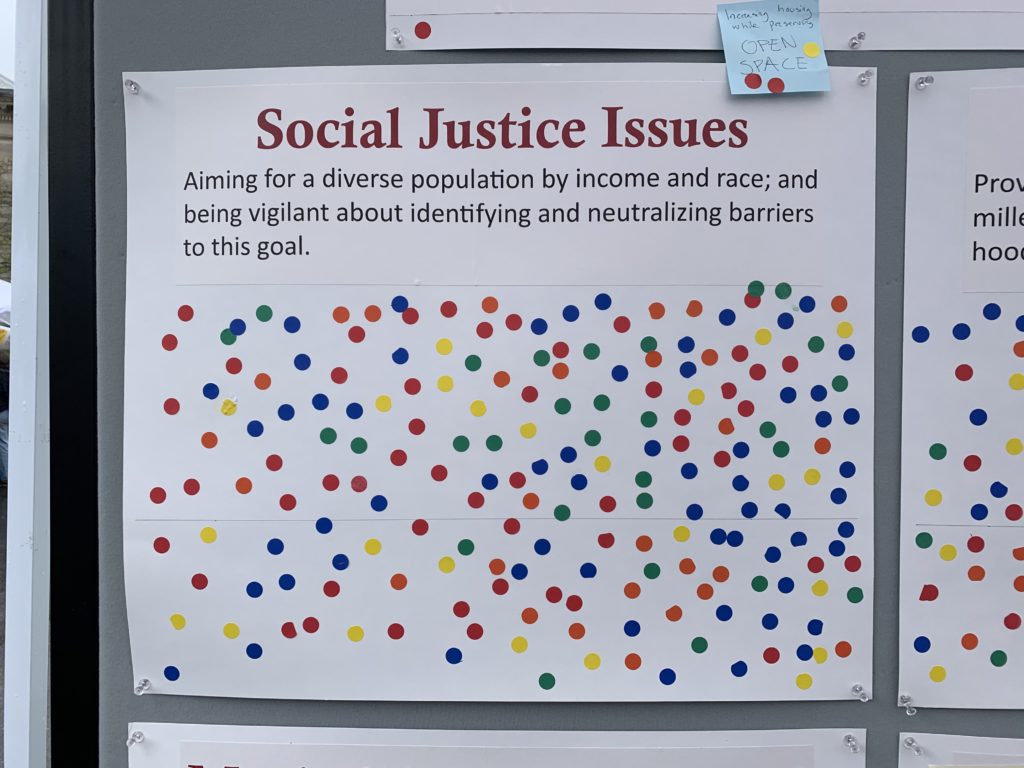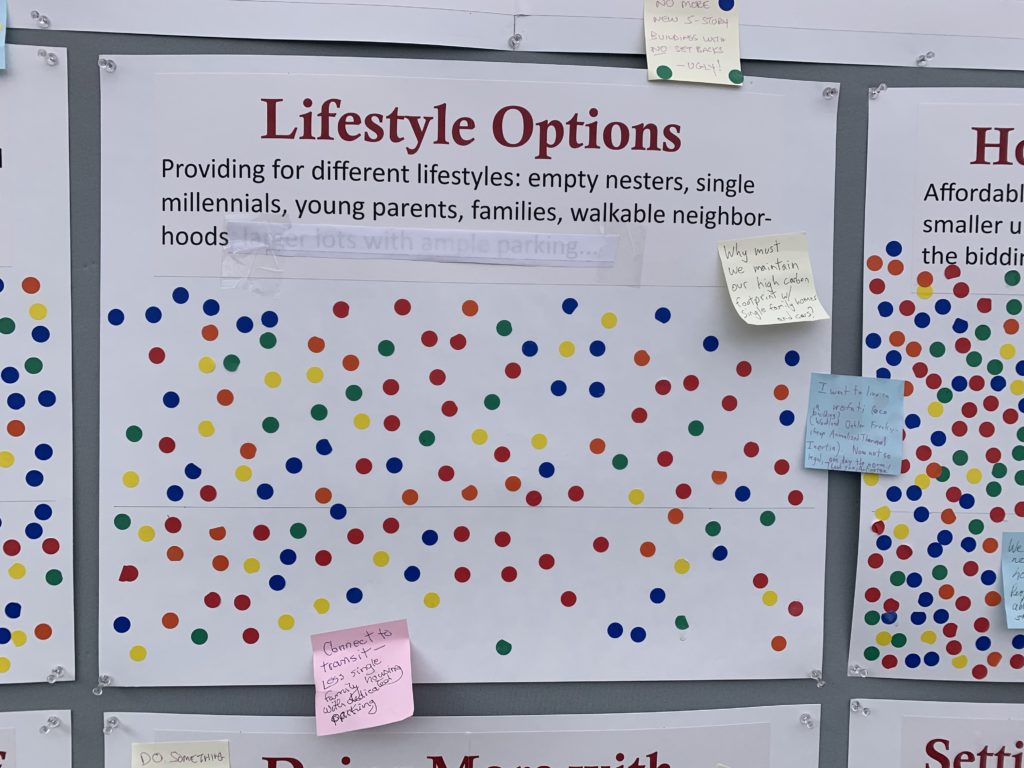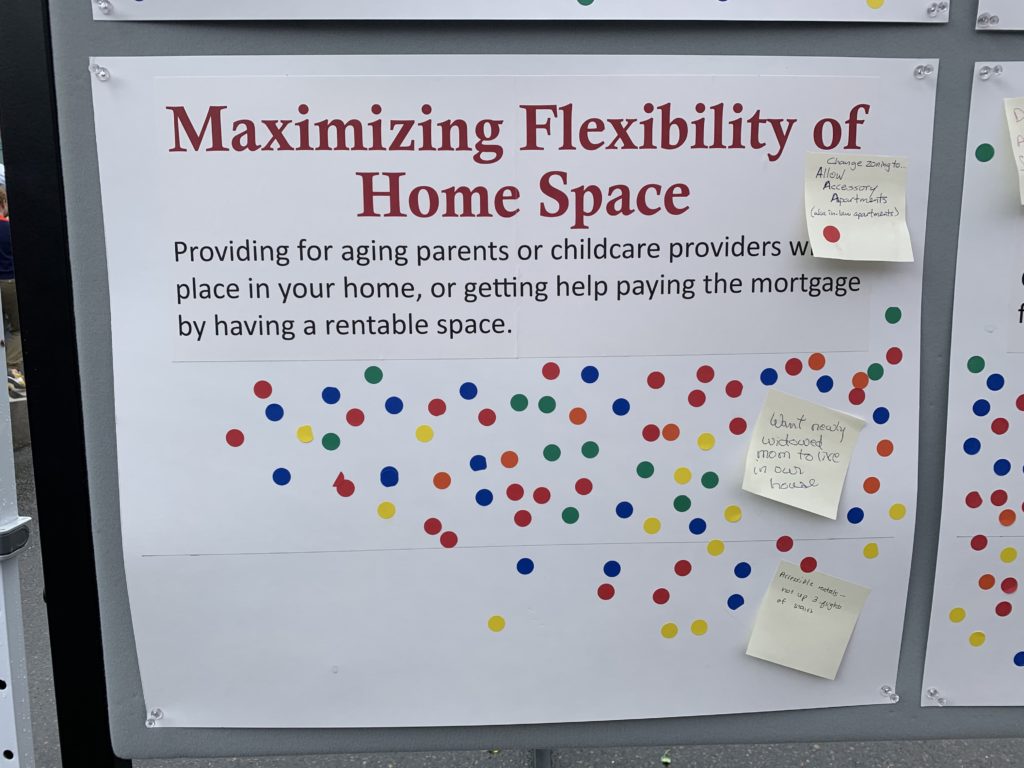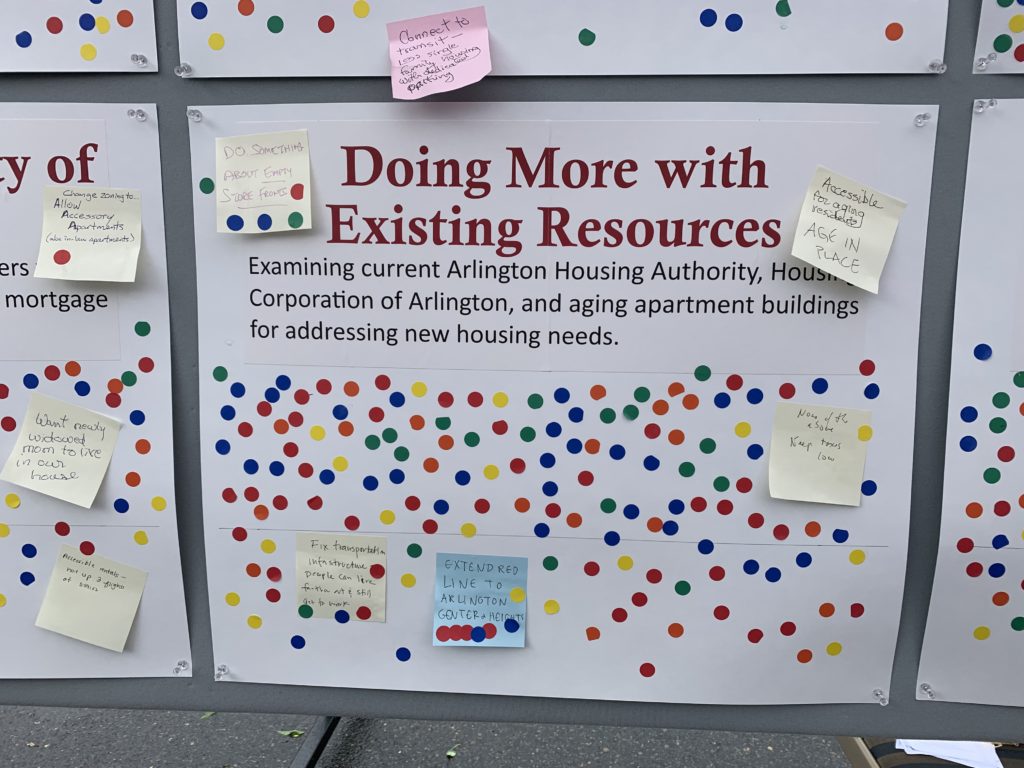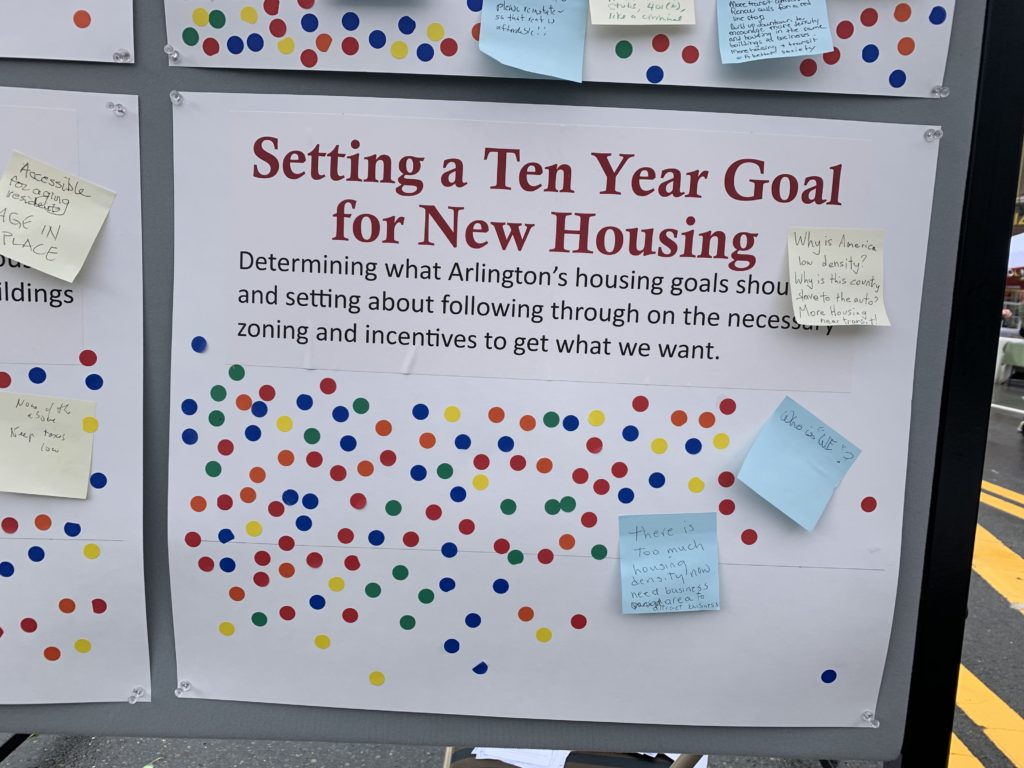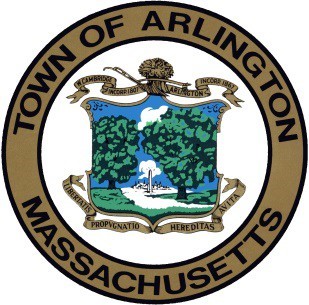A large part of the debate about the proposed Zoning issues in Arlington revolves around a perspective of Arlington’s culture and how best to maintain it. Can we freeze in time the small, less expensive homes in our R1 & R2 districts? Can we continue to provide low cost rental housing to people in the R4 to R7 districts, housing that is now quite old and is below market rent because it has not been adequately maintained? Or can we reach a consensus about what we most value in Arlington’s culture and set a path to ensuring its preservation for the future?
In 2015 Arlington Town Meeting voted to approve the Master Plan which contained the following set of housing related values and goals for the future of Arlington:
- Encourage mixed-use development that includes affordable housing, primarily in well-established commercial areas.
- Provide a variety of housing options for a range of incomes, ages, family sizes, and needs.
- Preserve the “streetcar suburb” character of Arlington’s residential neighborhoods.
- Encourage sustainable construction and renovation of new and existing structures
The Zoning Articles proposed for the 2019 town meeting represent four years of study, reflection and community dialogue. They are precisely intended to further the values and goals that the 2015 Town Meeting voted for.
Our Culture
Arlington has long been a community that cherishes its diversity of housing types and its diversity of income ranges. In recent years, with the regional pressure on land values as more people want to live in good school districts, with good transportation, near their jobs, the pressure on Arlington property values has been extreme. According to the Town’s Master Plan, Arlington does have a more diverse housing stock than most neighboring communities. The type, density and population varies by neighborhood (see Master Plan Ch. 5, Housing Excerpt). Most cities and towns around Arlington experienced a significant rise in housing values from 2000 to 2010. A 40 percent increase in the median value was fairly common. However, Arlington experienced more dramatic growth in housing values than any community in the immediate area, except Somerville. In fact, Arlington’s home values almost doubled.
Tools to Maintain Diversity of Housing
Articles 15 & 16 are two very important “tools” to meet the goals of preserving our diversity of housing.
Over 60% of Arlington’s housing units were built before 1950. Many of those units that we think of now as “affordable” will be needing major renovation or tear down and rebuild in the next few years. Private developers can come in now, buy the buildings and rebuild for market rate (think Boston prices) units. Article 16 gives the town control over these rebuilds, encouraging more housing and more “permanent” affordability.
Article 15, allows Accessory Dwelling Units (“granny units”) after a public hearing and under specific conditions. This will open the town to many lower priced living spaces for students, seniors, etc. throughout the Town.
Arlington values its culture of diversity in housing styles and incomes. Given the pressure regionally for people to find housing in good communities, and bring larger incomes to pay for that housing, Arlington risks losing its culture if the Town does not act NOW to protect it by approving these zoning articles.
